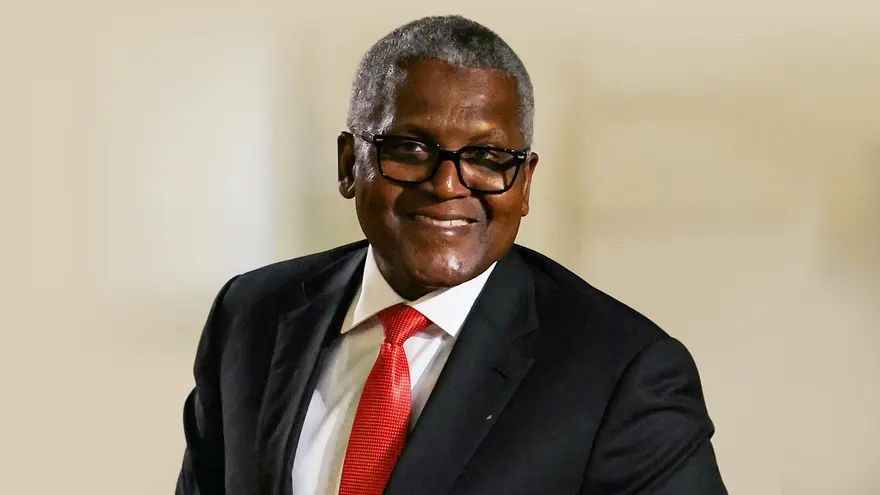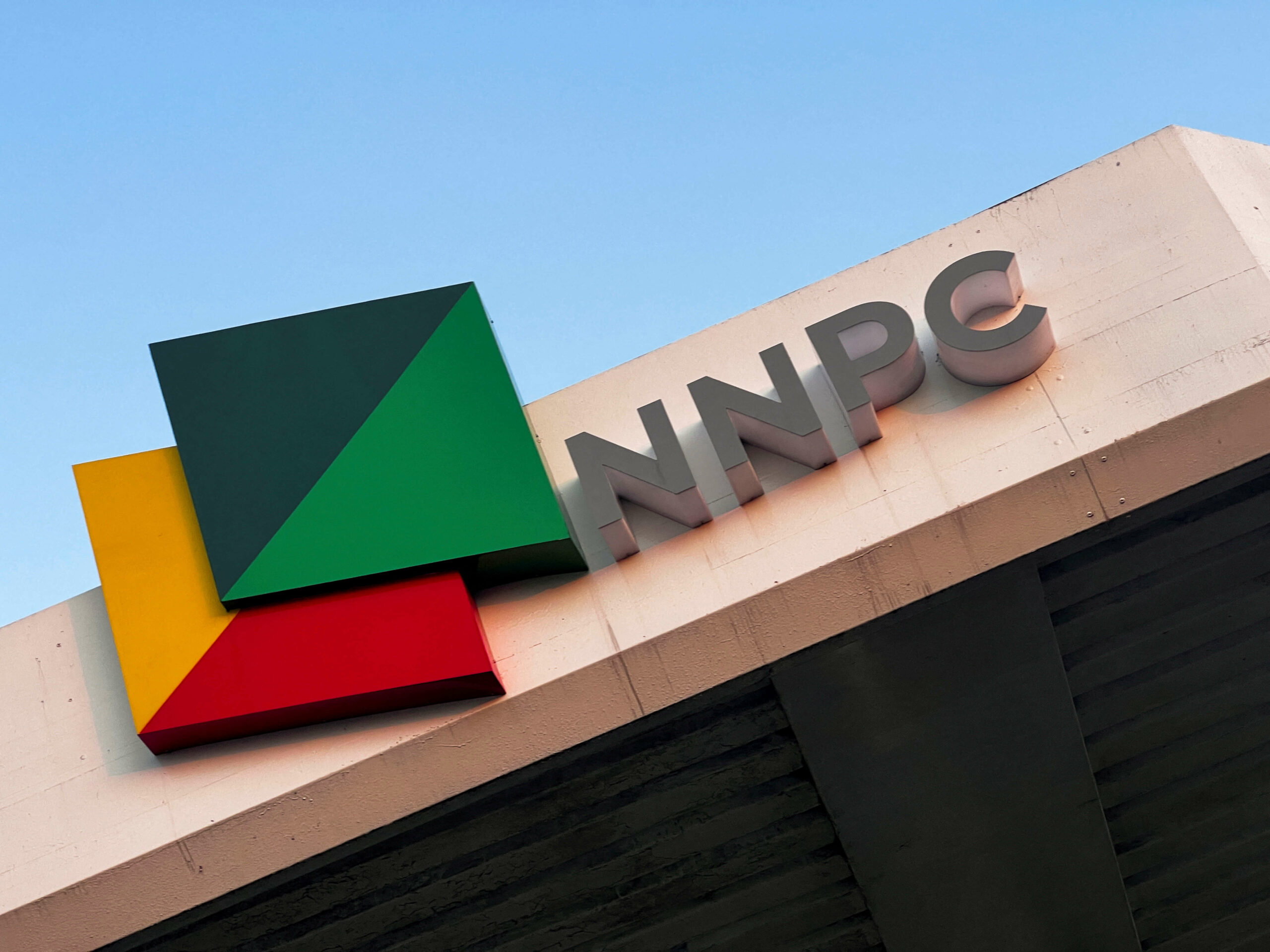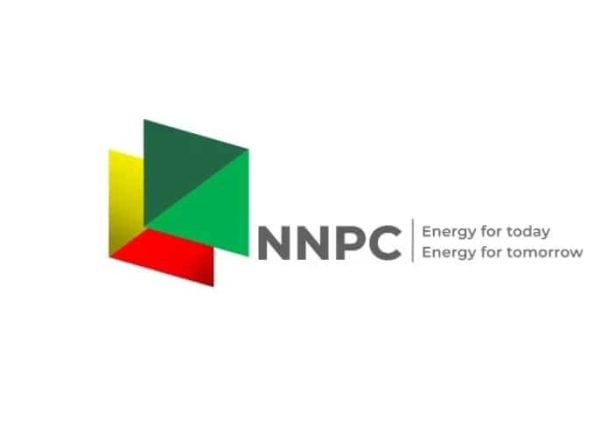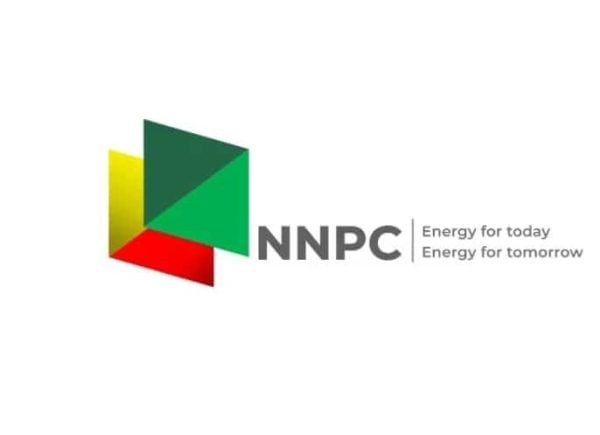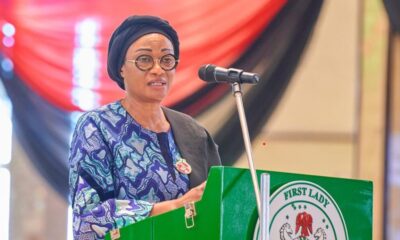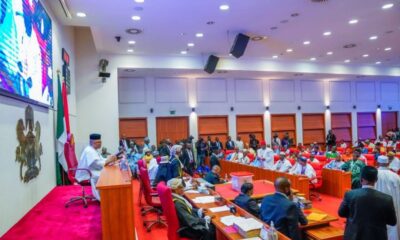The Nigerian National Petroleum Company’s upstream subsidiary, NNPC Exploration and Production Limited, has recorded its highest daily crude oil production in more than three decades, hitting 355,000 barrels per day on December 1, 2025.
The milestone, confirmed in a statement issued on Tuesday by NNPC Limited’s Chief Corporate Communications Officer, Andy Odeh, marks the company’s biggest output since 1989 and signals renewed momentum in Nigeria’s upstream recovery efforts.
According to the statement, NNPC E&P Limited’s average daily output has surged by 52 per cent in just two years, rising from 203,000 barrels per day in 2023 to 312,000 barrels per day in 2025, a performance the company attributed to strengthened operational systems, disciplined asset management and structured field development.
“On December 1st, 2025, NNPC E&P Limited, the flagship upstream subsidiary of NNPC Limited, achieved a record production level of 355,000 barrels of oil per day, its highest daily output since 1989. The milestone marks a significant step forward for Nigeria’s upstream sector and reflects the company’s ongoing transformation anchored on efficiency and discipline.
“The figures show genuine transformation: average daily production surged 52 per cent, rising from 203,000 barrels per day in 2023 to 312,000 in 2025.
“This record growth is no coincidence; it stems from a clear strategy anchored on operational excellence, strong asset management, and structured field development,” the statement said, stressing that the achievement reflects a “genuine transformation” underway within the company.
Commenting on the achievement, the Group Chief Executive Officer of NNPC Limited, Bayo Ojulari, described the accomplishment as fresh evidence that Nigeria’s energy revival “is not a dream but already happening.”
Ojulari noted that by exceeding its own production benchmarks, NNPC E&P has demonstrated that the essential building blocks needed to scale national output are being firmly established.
“By showing its ability to exceed its own production benchmarks, NEPL confirms that the essential building blocks for scaling national output are being firmly established. The achievement signals that the machinery of production, equipment, processes, capabilities, and partnerships can be driven with commercial discipline to produce real and positive outcomes.
“The achievement converts national ambition into measurable momentum. The presidential targets of two million barrels per day by 2027 and three million by 2030 have often appeared aspirational. NEPLs’ delivery brings them closer to reality,” he added.
Ojulari said the accomplishment boosts investor confidence and reassures global partners that Nigeria remains committed to reclaiming its place as a stable, dependable crude supplier.
The Executive Vice President, Upstream, Udy Ntia, said the milestone represents more than a production figure, stressing that NEPL’s growth is anchored on responsible and sustainable operations.
“In a sector where shortcuts can yield short-term wins but long-term damage, NEPL is making a different point: sustainable progress must rest on responsible operations. This ensures that scaling production does not compromise worker safety, community wellbeing, or environmental protection. It reinforces a shift away from extraction at any cost towards sustainable value creation, a core requirement for any modern energy company seeking global relevance,” Ntia said.
According to him, the company’s approach ensures that scaling output does not undermine worker safety, environmental protection or community wellbeing.
Similarly, the Managing Director of NNPC E&P Limited, Nicolas Foucart, said the new production record reflects the broader transformation sweeping through NNPC Limited.
“This is a story shaped by leadership that charts a clear course; by partnerships built on alignment and accountability; and by a workforce whose hard work is turning goals into measurable progress. Our people, our processes, and principles are the real engines behind this success. We are building for tomorrow, not just celebrating today,” Foucart noted.
He added that the gains translate into increased national revenue, stronger energy security and a more resilient economic foundation.
“For Nigerians, this accomplishment means far more than increased barrels; it translates into greater national revenue, stronger energy security, and a more resilient economic foundation. NEPL has not only produced more hydrocarbons; it has reignited belief in what Nigeria’s energy sector can achieve with the right systems, culture, and dedication.”
Nigeria’s crude oil sector has struggled over the past decade, with output frequently dropping below OPEC quotas due to pipeline vandalism, crude theft, underinvestment, deferred maintenance and declining performance of mature fields.
At several points between 2021 and 2023, the country’s production fell to multi-decade lows, raising concerns about revenue losses and the long-term viability of the industry.
Reforms under the Petroleum Industry Act, the unbundling of NNPC into a commercial entity and renewed upstream interventions have aimed to reverse the decline.
President Bola Tinubu’s administration has set ambitious production targets of two million barrels per day by 2027 and three million barrels per day by 2030, goals industry players previously considered optimistic.
NNPC E&P Limited, a wholly-owned subsidiary responsible for several joint venture and production-sharing assets, has been positioned as a critical driver of this revival. The company has implemented field optimisation strategies, renewed contractor alignment, strengthened governance structures and ramped up previously underperforming assets.
The latest 355,000 bpd performance, the company’s highest since 1989, is a significant step toward stabilising national output and rebuilding investor confidence in Nigeria’s oil industry.
punch.ng
FOLLOW US ON:

